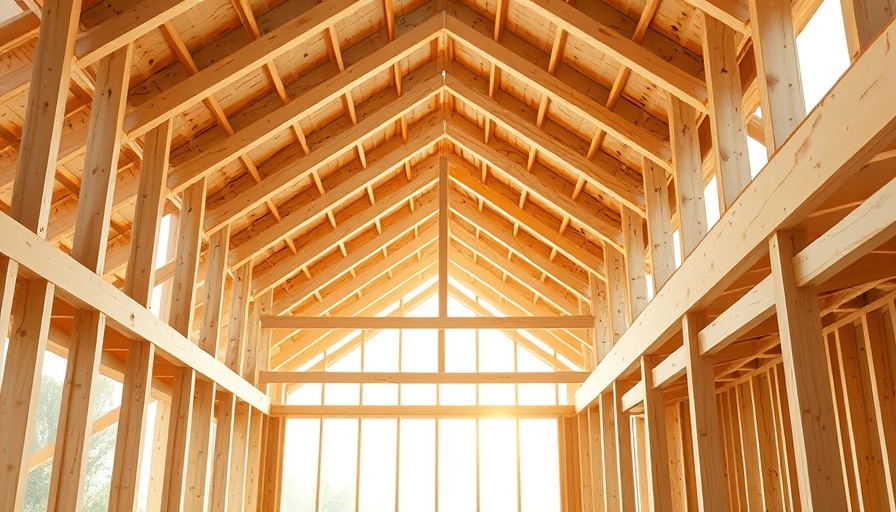
Understanding Air-Sealing: The Essential Guide
In the quest for energy efficiency and sustainable living, air-sealing has become a crucial practice in home and building construction. As we navigate the challenges posed by energy consumption and environmental impact, understanding the importance of air-sealing becomes paramount.
Why Air-Sealing Matters
Air-sealing is not merely a technical specification; it plays a vital role in enhancing a building's energy performance and ensuring occupant comfort. In California, where energy efficiency standards are stringent, effective air-sealing techniques help in reducing energy bills, lowering carbon footprints, and contributing to overall environmental sustainability.
Historical Context: A Journey Towards Energy Efficiency
Historically, the focus on energy efficiency has gained momentum over the past few decades due to rising energy costs and growing environmental awareness. California has been at the forefront of this movement, implementing regulations aimed at improving the energy performance of residential and commercial buildings. The state's Title 24 Energy Standards incorporates various air-sealing measures to ensure that structures are built to conserve energy efficiently.
Practical Insights: Techniques for Effective Air-Sealing
Applying air-sealing techniques in your home or office can significantly impact energy conservation. Simple measures include:
- Utilize Caulking: Sealing gaps around windows, doors, and other stationary building components can prevent air leaks and improve insulation.
- Install Weatherstripping: Adding weatherstripping to movable joints such as windows and doors further helps in reducing air infiltration.
- Attic Insulation: Attention to sealing ducts and the attic space can mitigate airflow that leads to energy waste.
Implementing these straightforward yet effective techniques in homes and businesses can lead to substantial energy savings over time.
Counterarguments and Diverse Perspectives
While air-sealing boasts numerous benefits, some construction professionals argue that excessive air-sealing may lead to ventilation problems. It is essential to strike a balance between sealing gaps and ensuring adequate indoor air quality. Adequate training and a thorough understanding of building ventilation systems can lead to solutions that enhance both efficiency and health.
Future Predictions: The Evolution of Air-Sealing Technologies
Emerging technologies are poised to revolutionize air-sealing practices in the upcoming years. Innovations such as smart sensors integrated within buildings' HVAC systems will allow for real-time monitoring and precise control of air quality. As these technologies evolve, they will facilitate a new standard for energy-efficient construction.
Ultimately, understanding air-sealing and its myriad benefits can empower homeowners and builders alike to achieve sustainable objectives. Whether you’re in the design phase of a new build or looking to retrofit an existing structure, consider air-sealing as a key part of your strategy for enhanced energy efficiency.
 Add Row
Add Row  Add
Add 






Write A Comment